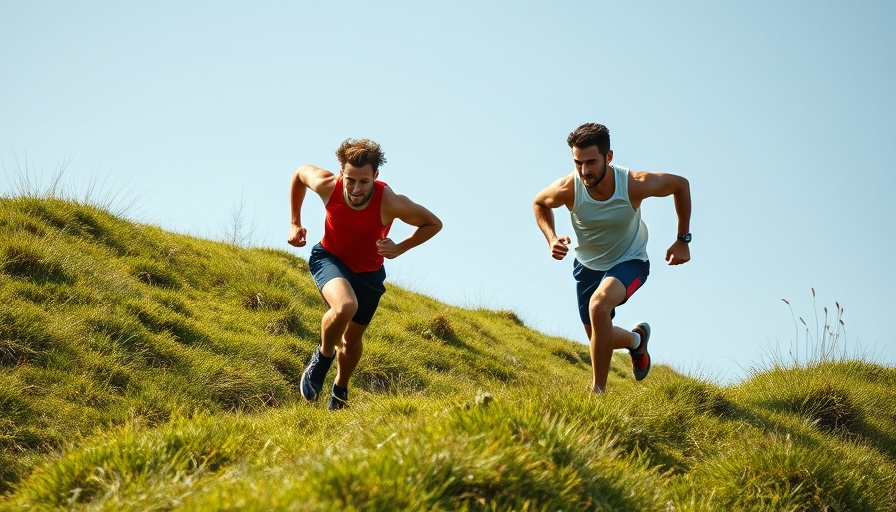
Running in Warm Weather: An Unseen Challenge
As summer vacations come to an end and routines resume, many runners face a curious dilemma. After running in the warmth of Mediterranean destinations, the expectation is a smooth transition back to the cooler, yet humid climate of the Netherlands. However, many discover that the shift can be anything but seamless.
The Impact of Humidity on Performance
Let's break down the science behind running in different climates. The discomfort when running at home is often attributed to high humidity levels typical in the Netherlands. It's not just about the temperature; humidity doesn’t just add warmth; it creates a heavy blanket that limits a runner's cooling process. In dry climates like those found in Southern Europe, sweating is easier, allowing for more efficient body cooling.
Understanding Physiological Effects
When running in humid conditions, your body tries to regulate temperature by increasing sweat production, which leads to the loss of both water and essential electrolytes, particularly sodium. In contrast, dry heat allows sweat to evaporate quickly, minimizing the risk of overheating. Consequently, the chances of dehydration increase dramatically in humid environments, making it essential for runners to stay hydrated and incorporate electrolyte-rich drinks into their regimen.
Adapting to the Conditions: Acclimatization Strategies
For those transitioning back to Dutch summer weather after a warm vacation, acclimatization is key. However, sudden shifts can impede this process. Your body typically requires about a week to two weeks to adapt effectively to significant temperature changes. Planning runs during cooler parts of the day or gradually increasing workout intensity can significantly help meld into the local climate, allowing for a smoother transition. This is crucial to avoid overwhelming both your body and your heart, which works harder to regulate internal temperature.
Why Does It Matter? The Broader Implications
Beyond just individual performance, understanding the challenges posed by varying climates reflects broader societal issues regarding climate change and its impact on athletic events worldwide. As global temperatures continue to rise, athletes may find themselves grappling with increasingly unpredictable weather patterns. This awareness can inform training routines, highlight the necessity for proper hydration strategies, and draw attention to the importance of early conditioning.
Embracing Change: Preparing for Future Runs
As you lace up your running shoes after summer vacations, consider not only how you feel but also the external factors that affect your performance. Incorporating gradual adjustments to your running environment and being mindful of how your body responds to different heat levels can enhance your overall running experience. Running effectively means understanding your own limits and preparing to thrive despite the challenges.
Conclusion: Your Running Strategy Matters
Whether you find yourself running in the bright sun of Spain or navigating the damp streets of Amsterdam, always prioritize hydration and acclimatization. Knowledge is power, and the more you understand about how environmental factors impact your running, the better equipped you will be to tackle any challenge. So, step out with confidence and keep pushing forward, knowing that your athletic journey is an evolving challenge, not a roadblock!
 Rij toevoegen
Rij toevoegen






Write A Comment